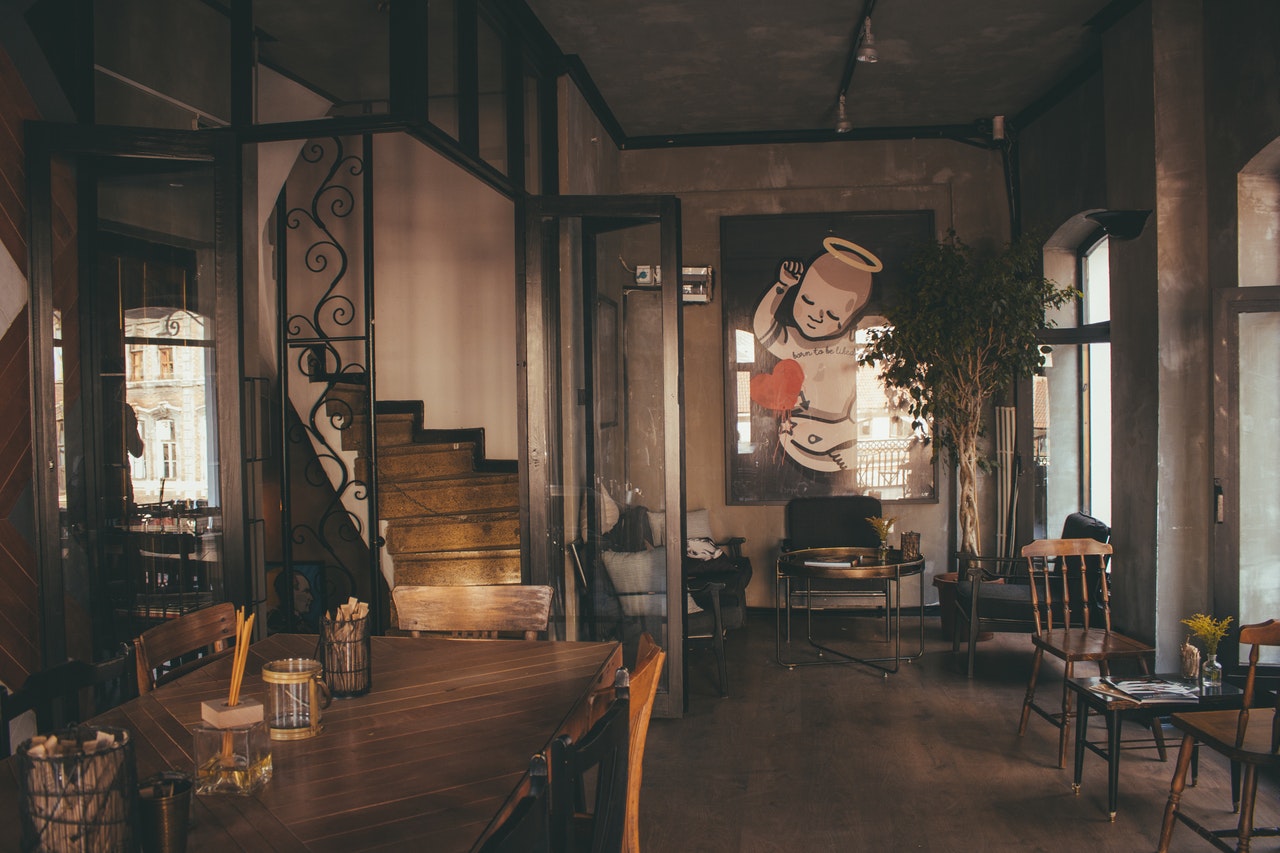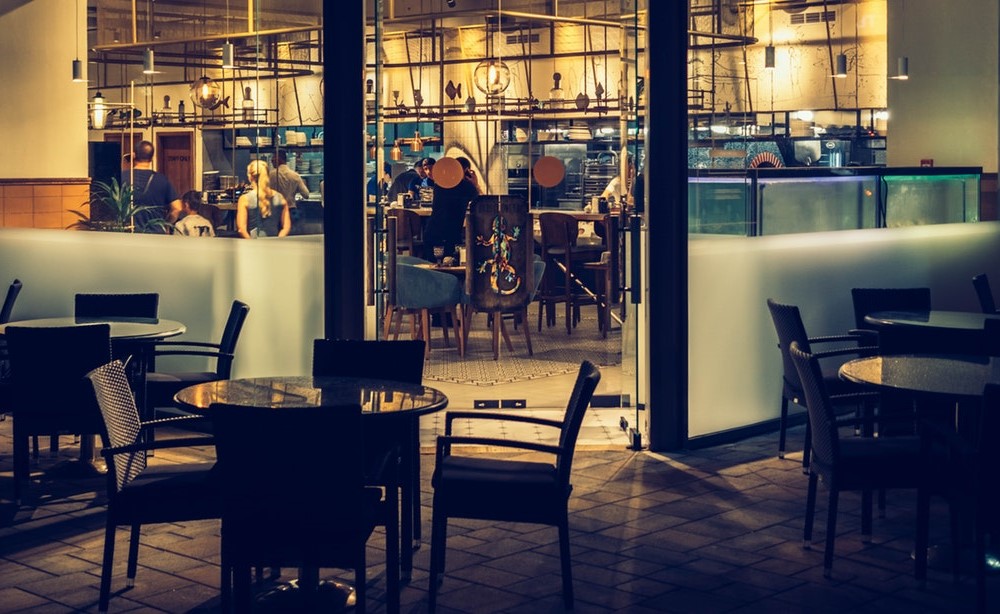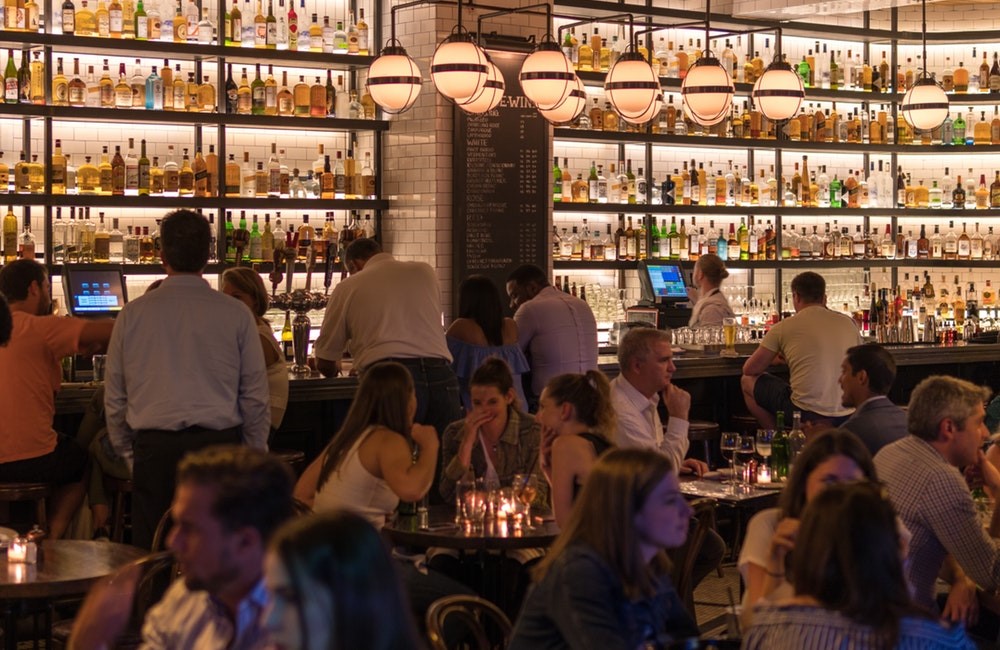Restaurant owners are many things, but most are not architects. The owner will have an idea in mind for their restaurant layout and design, but while the design may look nice, it may be an architectural disaster.
Simple mistakes in a restaurant's floor planning can lead to less efficiency and more overhead for the owner.
Avoiding common mistakes includes knowing which mistakes restaurants make most often. The mistakes we most often see in common restaurant design layouts are:

1. Ventilation Planning
Owners want their restaurants to be inviting and appealing, and this want for nice appeal often leads to poor ventilation planning. You need to think about ventilation in both the seating area and the kitchen.
When the wrong system is in place, this can lead to:
- Safety hazards
- Smoke
- Unpleasant odors
- Excess heat
HVAC design experts should help with the ventilation planning of your system so that proper ductwork is in place to force heat out of the building.
2. Ignoring Workflow Priorities
Restaurant kitchen floor plans must make workflow management a priority. A lot of kitchens are large mazes where servers have to walk great distances to retrieve food. It's a lot of wasted time for a busy kitchen.
In the ideal world, the owner would sit down with managers, cooks and servers to discuss workflow.
A good example of a poorly designed kitchen is one where the dishes have to go back to be cleaned behind the cooks, past the prep area and all the way in the back. The lack of a proper entryway near the washing station will lead to:
- Potential broken dishes
- Interruptions
- Wasted time
A layout should account for the internal workflow priorities of the restaurant to ensure efficiency.
3. Holding Area Misjudgments
One of the most common floor plan mistakes is not considering the holding area. I have walked into restaurants that have a holding area for four or five people, but there are guests practically standing on other people while they eat.
Holding areas should have:
- Ample space to sit and wait for a table
- Provide space between the door and the seating area
- Space from the nearest tables to not interrupt patrons eating
The larger the restaurant, the larger the holding area should be. If the holding area is too small, you risk guests leaving instead of waiting for a table to open up.
4. Delivery Areas
Delivery areas also need to be efficient and away from guests. You would not want the delivery to come through the front door and interrupt guests. The delivery area may be situated at the back of the building, often right next to the kitchen.
The goal is to stop the delivery truck from interfering with the restaurant's workflow.
When the delivery is done with no guests noticing, you've properly designed a delivery area.

5. Front Doorways
Front doorways need to meet handicap accessibility laws, but they also need to be planned properly. Larger establishments will have two doors, and the main reason for this design is that it allows patrons to enter and exit the building at the same time with no one bumping into each other.
The front doorway should be properly lit, large enough for wheelchairs and also have a mat to allow patrons to dry their feet off when they're entering the space.
The door should not open towards the interior of the building either - it's a liability risk.
6. Seating Areas
How many seats can you fit inside of your restaurant? If you have the capacity for 200 people, the wrong seating will do one of two things:
- Make the space feel cramped
- Reduce maximum capacity
A center will allow for increased seating at the bar and normally at the back of the restaurant. The seating area should not be too cramped. Instead, the area should be spacious enough for people to be able to walk by without bumping into guests eating.
You also want to allow for natural light to be a part of the dining experience, so there should be ample seating along the windows of the establishment.
There should be 3 to 4 feet between every table.
7. Poor Lighting
Restaurant floor planning should have a major focus on lighting. You need all spaces to be well-lit, and this is either achieved through natural or artificial lighting. Natural lighting is often best, and this means allowing the outdoor light to shine in through the windows.
Seating along the windows is a great option, but for dinner, you'll need to consider lighting options.
Recessed lighting is nice, but if the ceiling is too high, you may consider lighting that hovers right over the table. Wall lighting or hanging fixtures may provide the perfect ambience for your space.

8. Wide Bar Areas
Bars are traditionally placed at the rear or back of a restaurant because it makes the space feel cozy. If the bar is going to be a main focus of the space, such as a sports bar, you may want to consider placing the bar in the middle.
The position switch will allow for more seating around the bar and allow for more guests to enjoy the space.
Architecturally, the bar should not be so wide that the bartender has to walk across the floor for common items. In the ideal situation, storage behind and underneath the bar will allow the bartender to spend the majority of the time entertaining guests and serving drinks.
When a bar area is too spacious, it may be time to have more than one bartender available, or it may be time to have the space condensed.
9. Lack of Handicap Accessibility
The restaurant floor design must account for handicap accessibility. By law, the space needs to be handicap accessible so that guests that do have a handicap are able to:
- Enter the space
- Maneuver inside of the space safely
- Sit at the table
- Go to the restroom
Older buildings may have exemptions in place, but when remodeling or building, you must do everything in your power to focus on handicap accessibility. If you're found to not be accessible, it will have a negative impact on your restaurant, with fines and penalties possible as well as poor reviews.
The ADA does have guidelines on specific heights that tables need to be, door widths and other requirements under disability laws.
10. Noise-Related Planning
Acoustics are a very important part of the planning process, and it's vital that the right design is chosen to keep the acoustical quality of the area appropriate. You'll notice that a lot of restaurants still have:
- Tablecloths
- Carpeting
- Upholstery
- Curtains
Why?
Noise levels. The modern look with high ceilings and hard surfaces will cause echoing in the room, and without the right acoustic setup in place, the sound may exceed 110 dB in the space. The typical restaurant will have around 80 dB during the rush, but it's important that when planning out the space, acoustic design is considered.
There's a lot more that can go wrong with your restaurant's architectural design, too. You should also consider:
- Human comfort (space to sit, stand and walk)
- Indoor air quality and thermal comfort
- Safety concerns
- Space utilization for smaller areas
- Billing system areas
- Kitchen working zones
- Employee restrooms
- Cold storage areas
If you consider all of these points, you'll be able to lower your risk of suffering from the same common architectural mistakes that many restaurant owners make.


